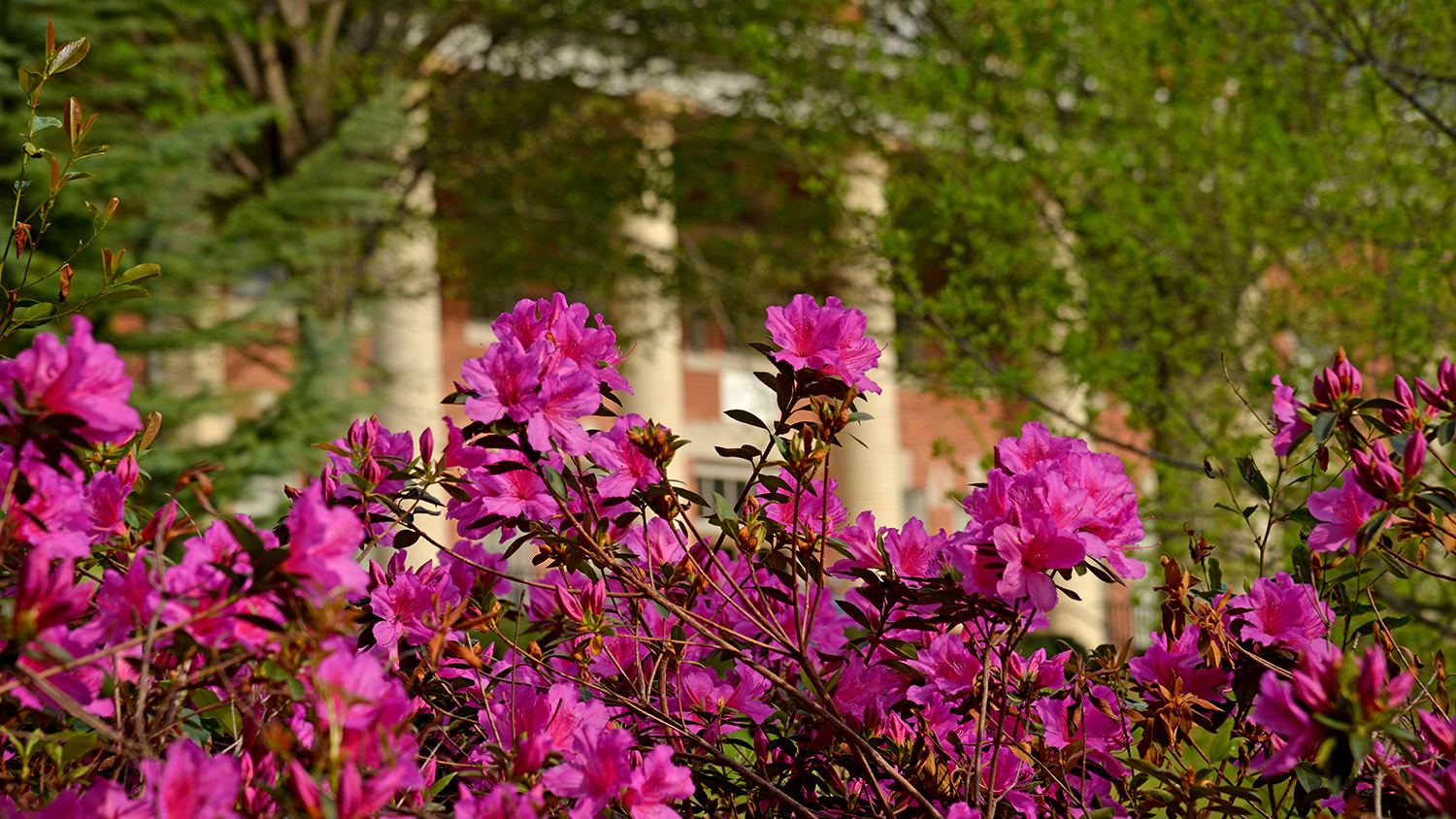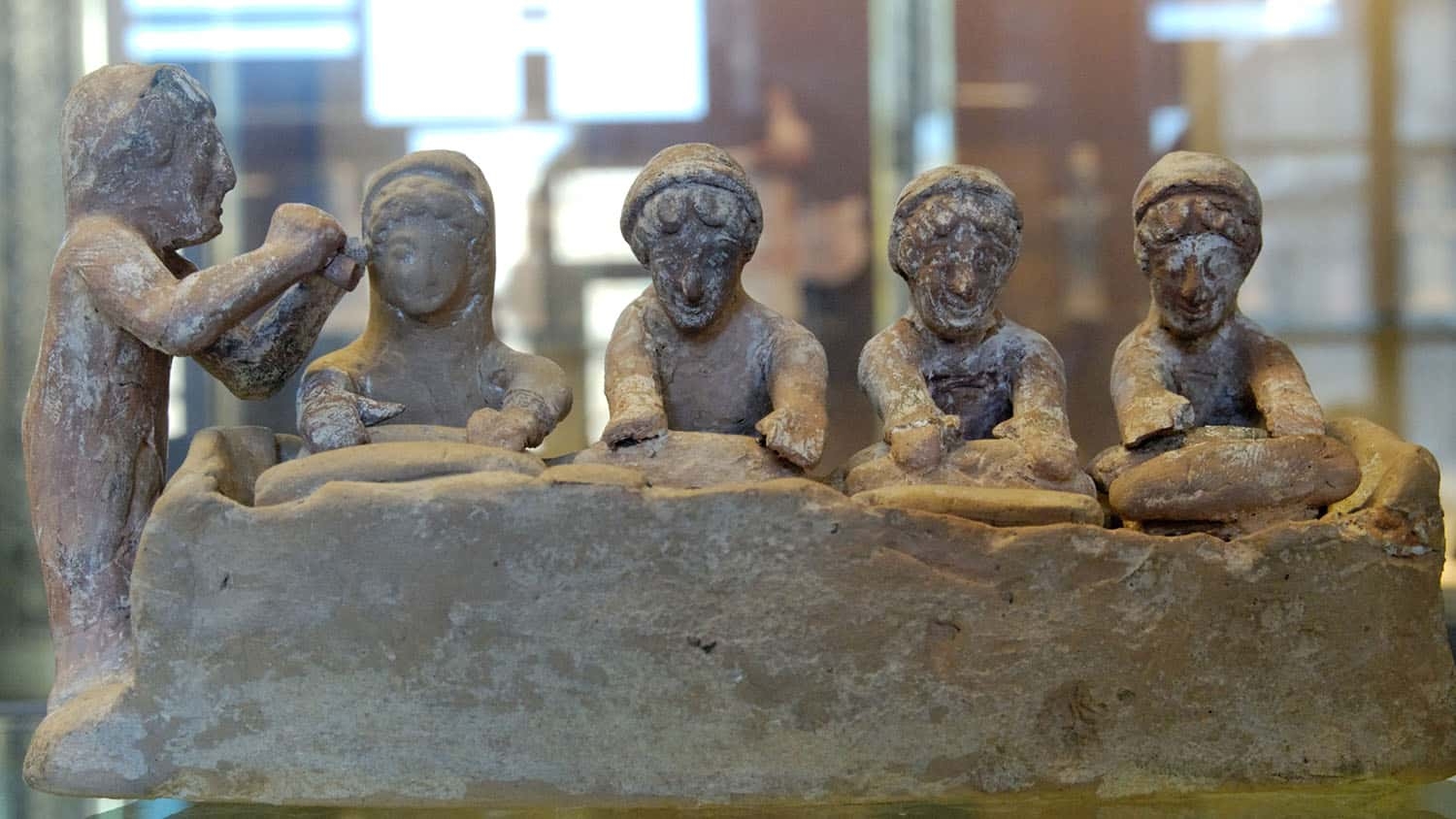Stories of the unknown have persisted for centuries, shaping cultures, fueling curiosity, and offering a glimpse into human nature and our inherent need for wonder. Why do we cling to tales of the unexplained? Why do we continually explore the “what if?”
For those fascinated by Bigfoot, UFOs and ghostly encounters, the College of Humanities and Social Sciences (CHASS) offers a course that bridges science, technology, the humanities and society. Science, Psi, Sasquatch and Spirits challenges students to move beyond the mystery and investigate the cultural and social aspects of the scientific process. Rather than focusing on proving the existence of legendary creatures and the unsolved and undiscovered, students explore how science works.
Darby Orcutt teaches the course, which will be offered again in the fall. An ardent researcher and lecturer on paranormal activities, he also serves as director of interdisciplinary partnerships at NC State University Libraries. Orcutt has spent years balancing both pursuits.
“It’s really a science methodology course that deeply examines scientific, cultural, historical and philosophical perspectives on our world.”
“We embrace the think and do philosophy, and much of the course involves hands-on, active learning and serious scientific inquiry,” Orcutt explained. “It’s really a science methodology course that deeply examines scientific, cultural, historical and philosophical perspectives on our world.”
Of his interest in Bigfoot, he said, “I saw a real opportunity to contribute by asking meaningful questions and examining potential evidence that has gone largely unexamined for decades.”
When asked whether he thinks Bigfoot is real, Orcutt said: “My honest answer is, ‘I don’t know,’ but that’s really significant because when we don’t know, we look at the evidence and the potential evidence. Additionally, the Bigfoot phenomenon absolutely is real, and the phenomenon is what we can study.”
Tales of the fantastic, macabre and inexplicable provide students with more than just entertaining stories. They impart important lessons, from unique cultural norms to universal values, leaving students with a sense of possibility.
Most people have a story about a strange noise in the attic, an unexplained sighting in the woods or sky, or an eerie encounter in a supposedly haunted house. Whether or not those encounters can be explained, they are part of our culture and human experience, Orcutt said.
“It’s about returning curiosity to the forefront and using science as a means to understanding and satisfying our innate wonder about the world.”
So how does he approach teaching about phenomena that are often met with skepticism? “I teach students how to ask questions, look for data and seek to explain rather than attempt to explain away,” Orcutt said. “Science is supposed to be about curiosity, so I encourage students to lean into their curiosity.”
One of the most common examples of the paranormal Orcutt presents in class, is the placebo effect — the phenomenon in which a person’s physical or mental health improves after receiving a treatment, such as a sugar pill, with no explainable therapeutic benefit. “Every pharmaceutical research study accounts for it; it is recognized as something that actually happens, and yet, by any accepted ‘normal’ scientific model, it shouldn’t,” he said.
Orcutt frames the divide between believers and skeptics as largely rooted in cultural identities. He said people often rush to judge unanswered questions, and social dynamics push them to form groups, aligning with those who share their views while opposing those who don’t.
Discussing the paranormal, he added, can feel like talking about politics — everyone picks a side and sees their perspective as the only reasonable one.
Research on the paranormal has yet to explain the unexplainable. However, Orcutt said his collaborative projects with NC State colleagues across several colleges demonstrate how scientific questions can be asked in ways that advance our understanding of alleged paranormal evidence and claims.
What does Orcutt hope students take away from his class?
“Ultimately, I encourage my students to be humble, to be curious, and to recognize that both critical and creative thinking are vital — not just to building scientific knowledge but also to navigating life,” he said. “It’s about returning curiosity to the forefront and using science as a means to understanding and satisfying our innate wonder about the world.”



